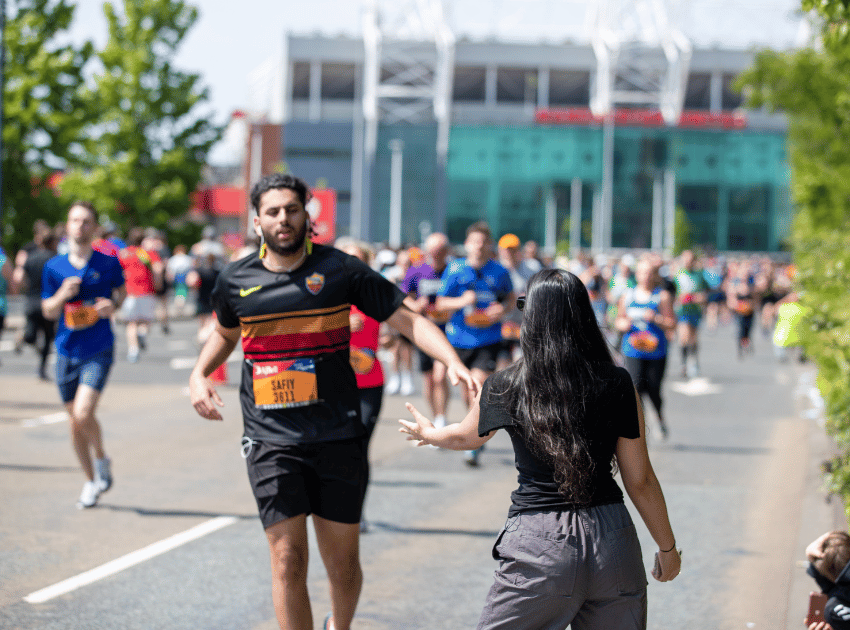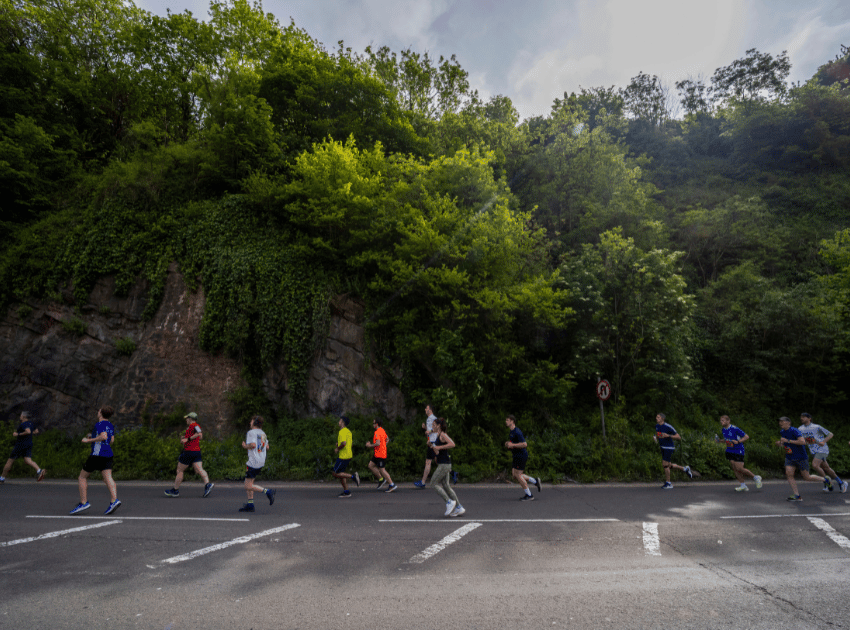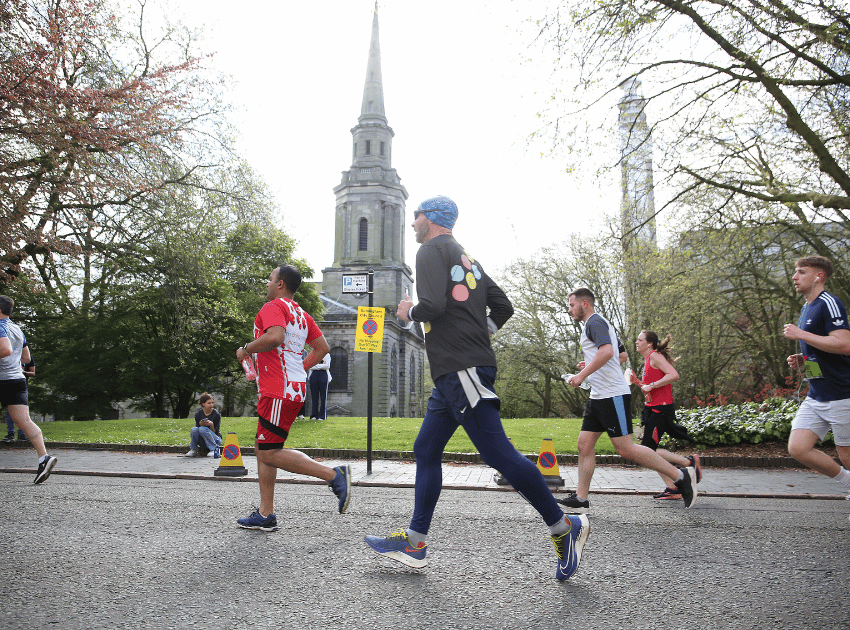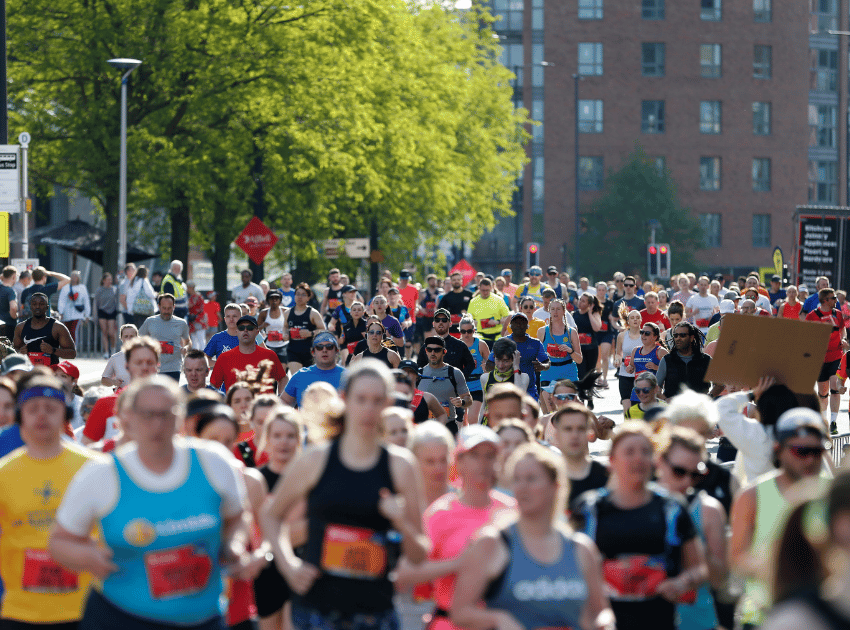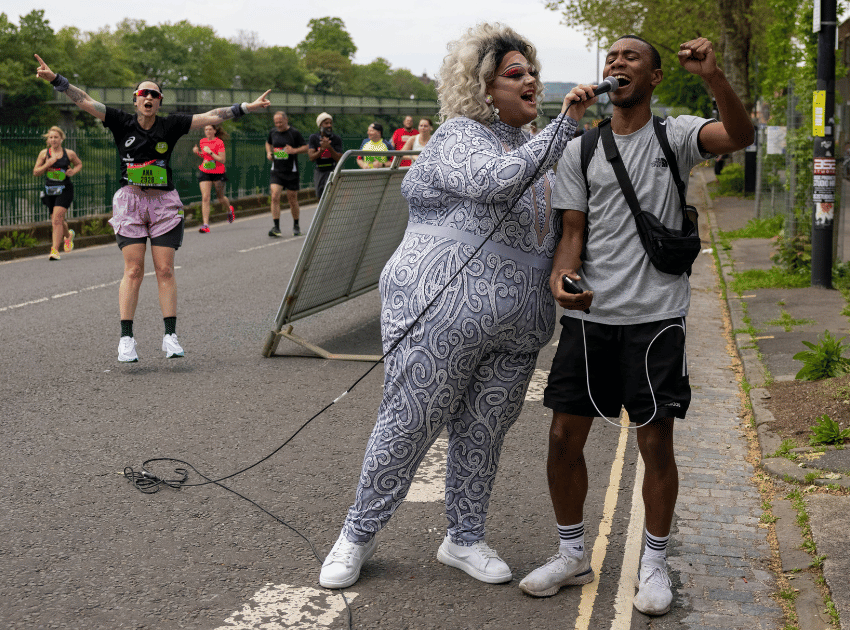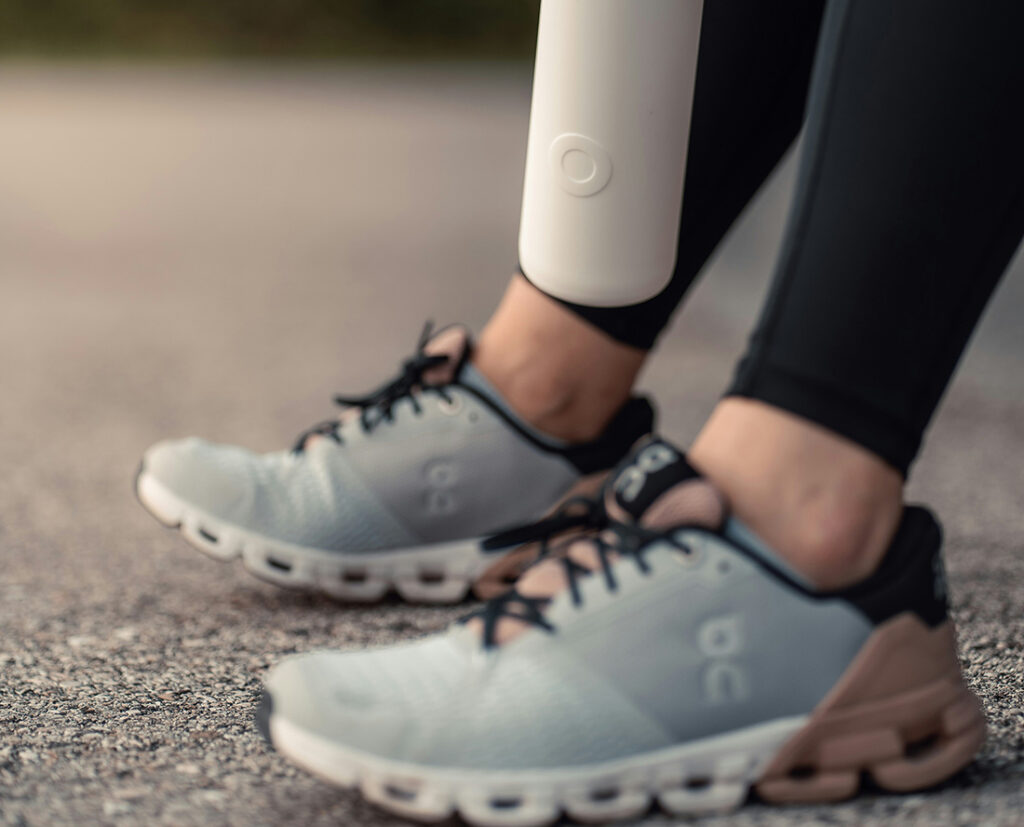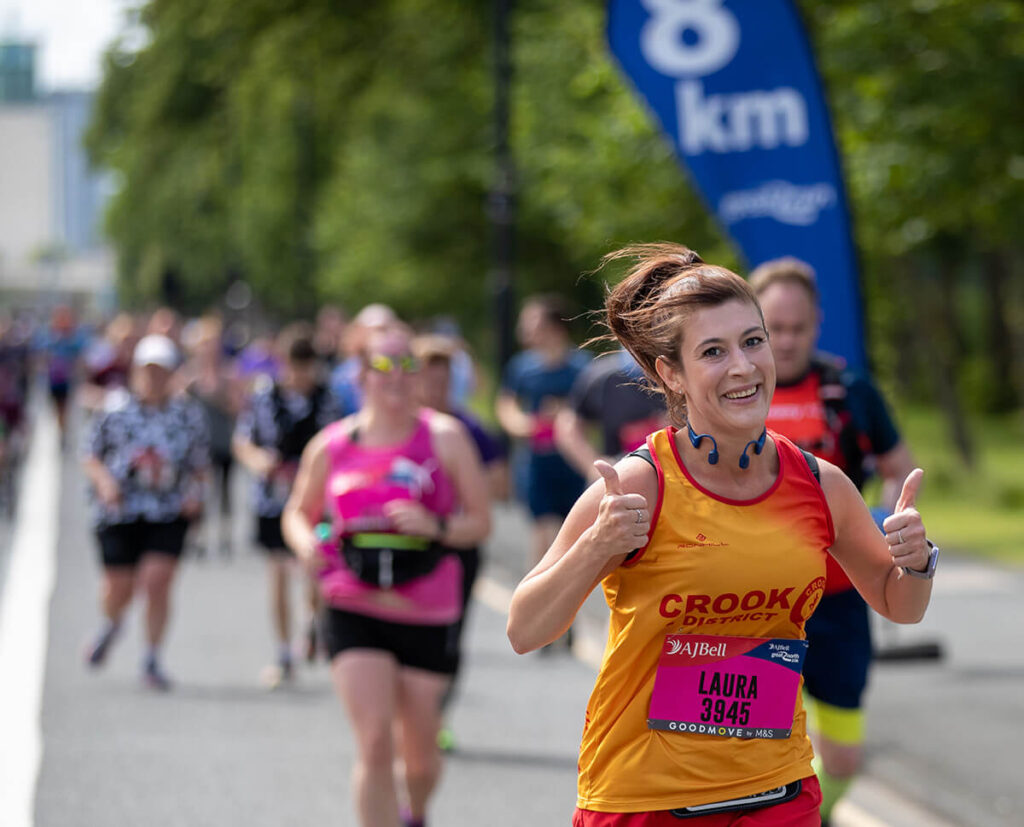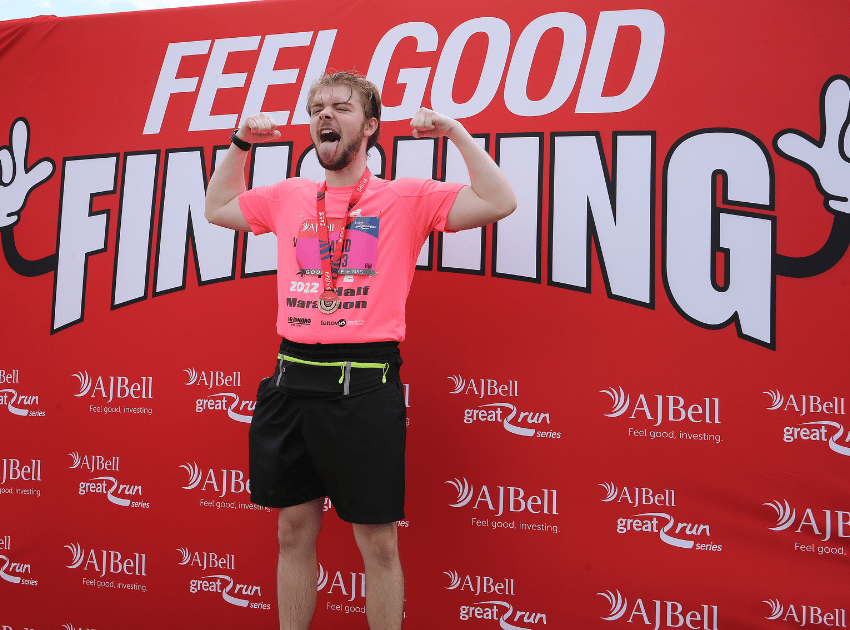YOU’RE powering your way through a run or workout when suddenly you are gripped with a stabbing pain that threatens to bring all your efforts to a grinding halt. Sound familiar? A stitch is a pain in the side for many of us with 27 per cent of exercisers claiming to experience it at some time. If you are one of them our guide to stich-avoidance is a must:
What causes a stitch?
The honest answer is we don’t really know,” says Dr Juliet McGrattan, a runner and GP who is author of Sorted: The Active Women’s Guide To Health. “Stitches are harmless, but can be very painful and no end of theories have arisen about causes and cures for them.” Among the suggested causes are that a stitch arises due to a lack of blood supply to the diaphragm, shallow breathing, gastrointestinal distress or strain on the ligaments around the stomach and liver. But the most popular theory is that a stitch is triggered by irritation of the parietal peritoneum, the membrane corset that wraps around your abdominal area. During exercise, your trunk muscles become tired and your back muscles over-engage to compensate, pressing on nerves felt in your abdomen, side or shoulders.
What to eat and drink:
Consuming large amounts of food or liquid within the two hours before exercise has been linked to some stitch pain. “Making sure you’ve left enough time for food to be digested is essential, but often overlooked,” McGrattan says. While dehydration is thought to trigger a stitch in some people, consuming the wrong sort of fluids can also cause it. Avoid fruit juice, too. A 2012 study at Manchester Royal Infirmary found that drinking fluids before exercise was associated with side stitches and that fruit juice seemed to cause them most often, while water and sports drinks had less of a negative impact. McGrattan says some people get a stitch when consuming gels and sports drinks, so find one that suits is crucial.
In a pickle:
Cramps and stitch affect 39 per cent of marathon and long distance runners, a growing number of whom opt for a less than palatable sounding solution: pickle juice, the liquid found in jars of picked onions and gherkins. It sounds less than appetising, but studies at Brigham Young University in Utah have shown that a few swigs of pickle juice relieve cramp and a stitch 45 per cent faster than water.
Stretch as you run:
Grabbing your side in a grimace as a stitch strikes is no bad thing as it simulates a stretch that could relieve the problem. “Some people stop to touch their toes or run with their hands on their heads and find it helps,” McGrattan says. Stretching the affected side or bending forward can also help relieve the muscles in the back that are pushing on the nerve that’s causing the pain, she adds.
And, breathe…
Slowing down your breathing or adopting a deep and rhythmic breathing pattern has been found to relieve the pain of a stitch. “Many runners say that if their stitch is on the right side, if they slow their pace and exhale as their left foot hits the ground, the stitch eases,” says McGrattan.



